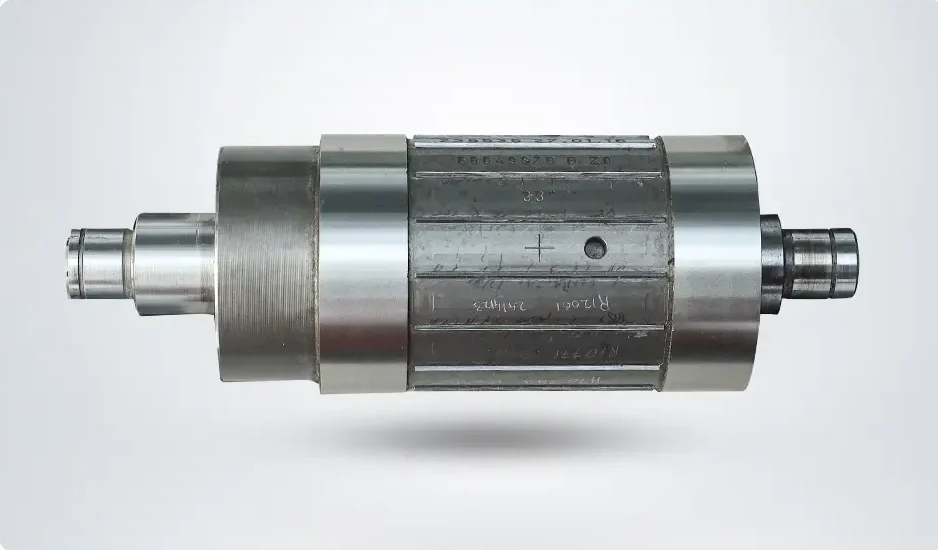
Clean After Every Use
Always clean the cutter immediately after use. Plaster residue can harden quickly. Use a soft cloth to wipe off debris. Avoid soaking the tool in water. Instead, use a damp cloth and dry it thoroughly. This prevents rust and buildup.
Lubricate Moving Parts Regularly
Friction can reduce the lifespan of moving parts. Apply light machine oil weekly. Focus on joints, hinges, and any adjustable components. This keeps the tool smooth and efficient. Never over-lubricate; a small amount goes a long way.
Check Blade Sharpness Often
A dull blade requires more force and can cause damage. If used frequently, inspect the blade every few days. Use a sharpening stone or professional service to maintain its edge. Replace the blade if sharpening doesn’t help.
Tighten Loose Screws and Bolts
Loose screws can affect performance and safety. Inspect all fasteners weekly. Tighten them with the correct tool. Do not overtighten; it may strip the thread or crack the casing.
Store in a Dry, Cool Place
Humidity can corrode metal components. Always store the cutter in a dry toolbox or cabinet. Avoid areas exposed to moisture or direct sunlight. Use silica gel packs to control humidity in the storage box.
Avoid Dropping the Tool
Dropping can misalign internal parts. Always handle the cutter with care. Transport it in a tool belt or case. If dropped, inspect it for damage before the next use.
Use Only Recommended Materials
Please avoid using the cutter on surfaces it’s not designed for. This can wear out the blade and damage the structure. Stick to plaster and approved substrates only. Misuse drastically shortens its lifespan.
Schedule Monthly Inspections
Mark a monthly date for a detailed inspection. Check every component. Look for signs of wear, rust, or misalignment. This proactive habit saves repair costs in the long run.
Keep Away from Harsh Chemicals
Some cleaners contain acids or strong solvents. These can corrode metal parts and damage rubber grips. Always read the label before using any cleaning solution. Stick to mild soaps and clean water.
Train All Users Properly
If shared among team members, ensure everyone knows proper handling techniques. Improper use can shorten tool life and lead to injury. Host a short training session if needed.
Replace Worn-Out Parts Promptly
Delaying replacement can stress other components. Keep spare parts like blades and screws on hand. Replacing worn-out pieces improves performance and durability.
Avoid Overexerting the Tool
Never apply more force than necessary. Let the blade do the work. Forcing it can bend or crack components. Use the right size and type for each job.
Label and Tag the Tool
Use labels or tags to identify your cutter. This avoids accidental misuse by others. Personal tools last longer with fewer hands handling them.
Conclusion
Maintaining your hand plaster inner gauge cutter doesn’t take much time. Simple daily habits like cleaning, storing properly, and regular inspections go a long way. With care, your tool will stay sharp, safe, and efficient for years.